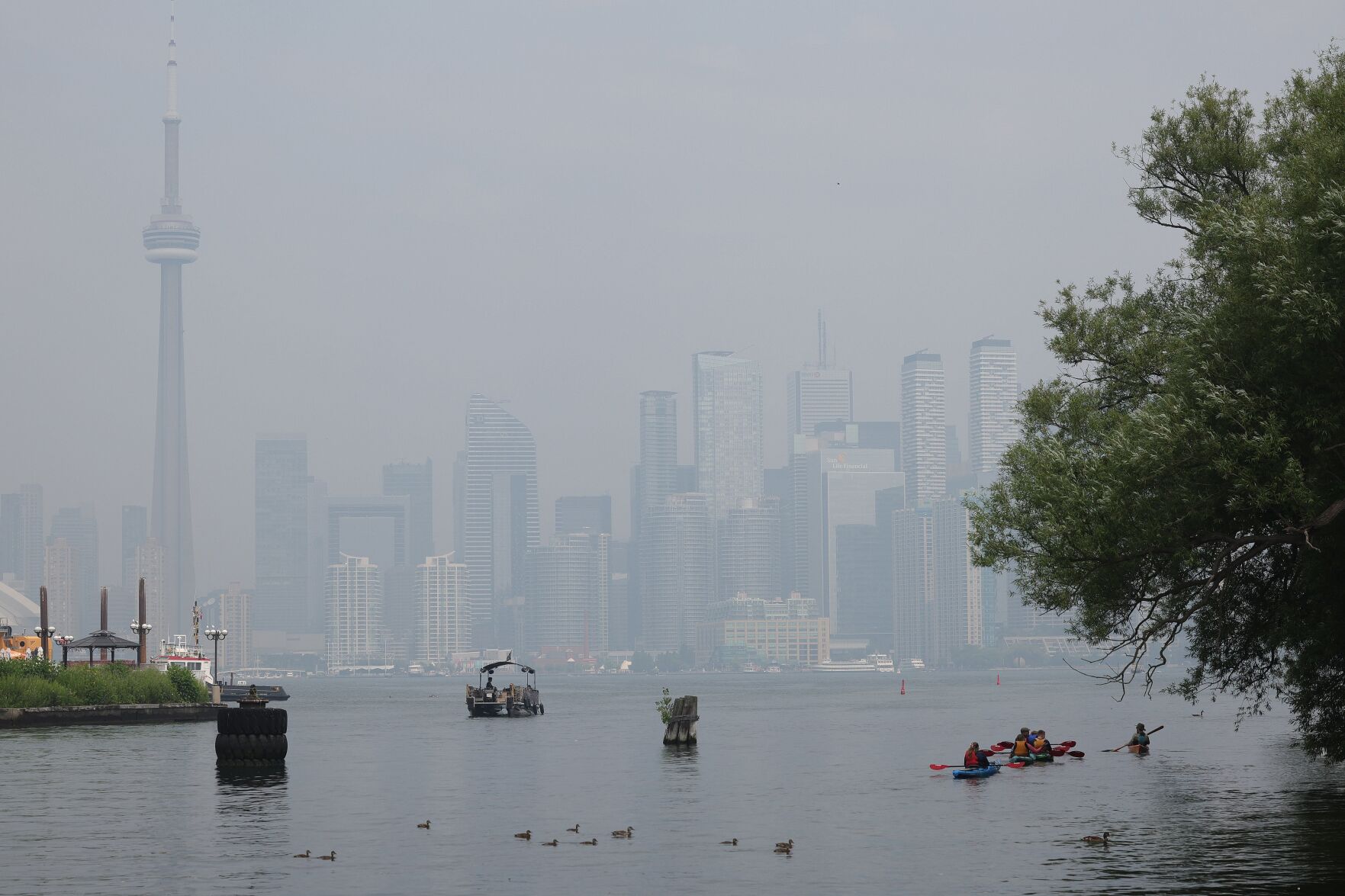Blazing Challenges: The Surging Threat of Wildfires
As Ontario battles an unprecedented wildfire season, the effects are rippling beyond the charred forests and scorched earth. Smoke billows across vast stretches of the province, transforming previously clear skies into a hazy grey canvas. The health impacts are palpable, casting a shadow over everyday life. Residents are increasingly voicing their concerns as air quality levels plummet to alarming lows.
The Direct Impact on Air Quality
The wildfires ignited by dry conditions and high temperatures are not just a threat to the environment; they’re also endangering public health. Recent statistics from Environment Canada indicate that air quality index (AQI) values are hovering in the ‘unhealthy’ to ‘very unhealthy’ range in many regions affected by wildfires. Reports from this summer reveal AQI levels in cities like Toronto and Ottawa spiking sharply, sometimes even exceeding levels observed during last year’s Canadian wildfire season.
Aerial Perspectives: The Visible Damage
From the victimization of local wildlife to the devastation of camping trips, the consequences of these wildfires resonate far and wide. The flames may rattle nature, but it’s the smoke that creeps into the lungs and hearts of people living miles away. Many Ontarians report experiencing a sense of suffocation, with symptoms ranging from headaches to exacerbated respiratoryissues.
Voices from the Ground
“Every time I step outside, it feels like I’m inhaling a campfire,” says Emma Lawson, a Toronto resident and mother of two. “It used to be that summer meant fresh air and outdoor activities, but now I’m constantly worried about my kids and their health.” Emma’s sentiments are echoed across various social media platforms where discussions about air quality have surged. Posts showcasing orange-hued sunsets have taken a morose tone, warning others to stay indoors and take precautions as the smoke settles.
Public Health Officials Raise Alarm
In response to the deteriorating air quality, public health officials are issuing health advisories, particularly for vulnerable populations such as children, the elderly, and those with pre-existing health conditions. Hospitals have reported an uptick in visits related to respiratory issues, and emergency services are on high alert as conditions worsen.
An Uncertain Future
While the provincial government is investing in firefighting resources, the overarching question remains: how can we prevent such catastrophic wildfires from becoming the norm? Efforts are underway to augment forest management practices, yet immediate solutions to the air quality crisis are direly needed. The recent surge of interest in climate-related topics suggests that Ontarians are increasingly aware of the interconnectedness of these challenges.
Conclusion: A Call for Change
As wildfires rage on and air quality remains a pressing concern, the implications extend well beyond environmental degradation. They serve as a sobering reminder of the urgent need for proactive measures, not only in fire management but also in addressing the underlying causes of climate change. With every smoke-filled sunset, Ontarians are left pondering how much longer they can breathe easy in their own province.
